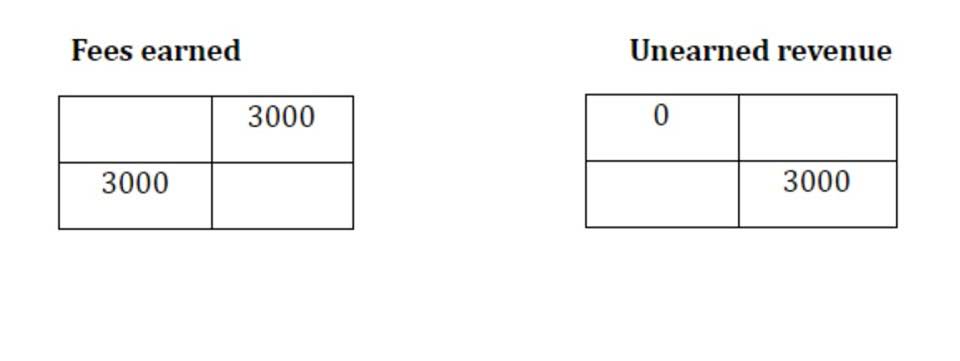ID Bookkeeper-Bookkeeping + Accounting for Interior Designers

This might seem like an obvious suggestion since it’s the topic of our articles, but it’s one that’s often overlooked by small businesses. Most people use Net 30 payment terms, which means that they are required to pay the invoice 30 days after it was received. Many new business owners don’t account for the amount of time that passes between when a contract is signed and when a payment is actually received. The difference between these dates can really stretch your bank account if you’re not careful. If you’re still a sole proprietorship (e.g., a freelancer or contractor), then you should be able to find accounting software versions that are priced quite competitively.
- Whether you’re a seasoned interior designer or just starting out, mastering bookkeeping for interior designers is essential for long-term success.
- Designers who dedicate their practice to residential design specialize in living spaces such as homes, condos, and apartments.
- Right off the bat, the single-entry method is certainly easier than the latter.
- The ideal accounting system is one that is in the hands of professionals, like those at Fincent.
- Give your clients a simple, secure, and elegant payments experience with StudioPay.
- Whether you need start-to-finish bookkeeping or auxiliary services to augment existing processes, Giersch Group becomes an extension of your team.
Accounting That’s as Sophisticated as Your Designs
You’ll have an experienced professional meticulously managing your books – far more efficient than juggling the books yourself. If you decide to freelance or start your own interior design firm, you will have more control over all aspects of the business. You will be able to decide what kind of clients you work for and how much you are being paid. But beware, starting your own business can be a challenging and risky endeavor.
Landscape Design Firms
- In that way, purchase orders will match the cost that was reported on the invoice.The purchase order should match exactly the vendor invoice.
- Also, ensure that all the expenses have been categorized correctly and have been invoiced.
- If you’re looking for accounting software that’s specifically created for interior designers, check out Mydoma studio.
- Many companies can make software, but only a few companies can make software that works well and is both intuitive and user-friendly.
- Please note that the negative line item cannot make the invoice total a negative amount because it will not sync to QuickBooks.
Finally, it is advisable to double-check your income statement to look for any errors or omissions. Also, ensure that all the expenses have been categorized correctly and have been invoiced. This will help reduce your tax liabilities, and it is always better to spot such discrepancies before you file your taxes.

What is the Single-Entry Method?

We provide professional accounting services to businesses and individuals, with a focus on small business bookkeeping and taxes. Tracking sales tax and income tax, and submitting filings in a timely manner keeps your company compliant and avoids defaults. Complying with government regulations, including payroll taxes, is critical. It’s easy to lose track of time and forget to log hours spent on a project, which can cost the firm money.
- The difference between these dates can really stretch your bank account if you’re not careful.
- The webinar recording, along with their answers to questions from interior designers listening in, is available here for free.
- This allows you to track your company’s finances and progress over the years.
- As expected, those with more experience received the highest bonuses, around $3,000.
- Failing to do so could result in delayed payments, incorrect invoices, and losses.
- Accurate bookkeeping records give banks confidence in your company’s stability, allowing you to take advantage of various loan schemes.
By maintaining a record of purchase orders, you can easily track expenses and ensure that all necessary items are procured. Utilizing quickbooks for interior designers can simplify the purchase order creation process and provide comprehensive insights into project expenses. Implementing a structured approach to managing purchase orders can help you maintain financial transparency and optimize your procurement process.
Interior Design Bookkeeping is a women-owned business based in Portland, Oregon. We are specialized bookkeepers offering remote services to interior designers around the country. We stay connected to our clients on both coasts utilizing cloud-based technology, online meetings, and the old-fashioned telephone. We specialize in Studio Designer, the interior design bookkeeping leading digital project management, product sourcing, and accounting platform for the interior design industry. Utilizing this fully integrated, cloud-based software helps you automate processes, maximize efficiency, and improve your bottom line. The use of full accrual accounting can provide a complete snapshot of the health of your business.

With that paid invoice, the sales tax has been reported with the creation date of the invoice. As a creative person who spends most of their time working on designs, colors, textures, and other processes in an interior design firm, you can easily get overwhelmed with lots of numbers. That is why the sound of accounting often sounds sour to most entrepreneurs. It’s advisable to hold off on client purchasing until you receive payments from clients. Using company money should be avoided in case an order is canceled or a client rejects an item. Any changes in proposed prices must be promptly reflected in deposits and invoices.
